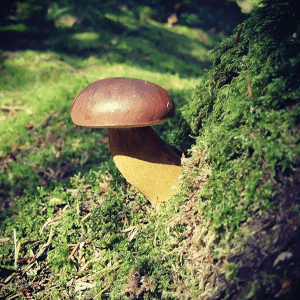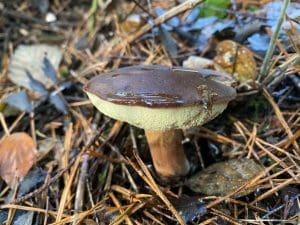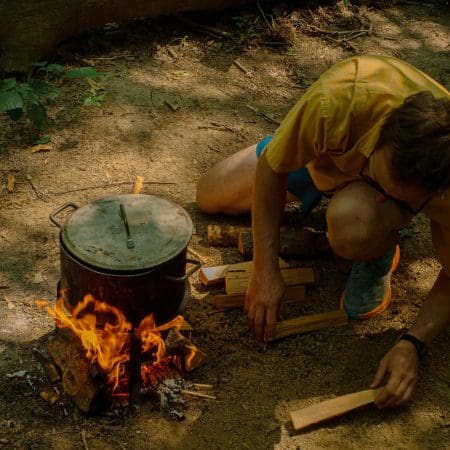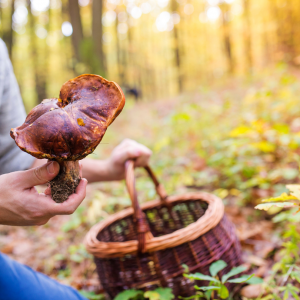Bay Bolete / Summer / Autumn / Edible
Welcome to a world of culinary delight as we celebrate the savory treasures of the Bay Bolete (Imleria badia).
Join us on a gastronomic journey where flavor and elegance intertwine. With their distinct brown caps and sturdy stature, Bay Boletes stand as a culinary gem.
Learn to identify their unique features, discover their preferred habitats, and delve into the culinary wonders they offer. From their firm and meaty texture to their delightful, nutty flavor, these mushrooms have the power to elevate your culinary creations to extraordinary heights.
Whether you are an experienced forager or an adventurous home cook, let the Bay Boletes inspire your culinary adventures and tantalize your taste buds with their marvelous flavors. Embrace the abundance of nature’s bounty as we celebrate the enchanting delights that lie within the Bay Boletes. Get ready to embark on a flavor-filled journey as we explore the captivating culinary possibilities offered by these remarkable fungi.
Scientific Name
Imleria badia
Family
Boletaceae
Habitat
Fairly common in the UK and Europe, also found in the USA. We find this mushroom mostly growing with spruce and pine but it also sometimes grows with beech and oak.
Description
The common name refers to the colour of the cap which is a bay brown or chestnut colour.
Identifying Features of the Bay Bolete:
Cap:
5-15 cm in diameter, the cap is smooth and bay brown in colour.

Stem:
The stem is lined vertically with shallow brown ridges on a lighter background.
Smell:
Pleasant.
Pores and Tubes:
The tubes terminate with yellow angular pores that nearly always turn blue/green after touching them.

Spores:
Olivaceous-brown.
Uses of the Bay Bolete
In food: Although not as well-known as its famous relative the penny bun or porcini mushroom, the bay bolete in our opinion is a choice edible with a very similar texture and flavour to the penny bun.
Known hazards
None known.
Harvesting
Late summer and autumn are the best times to find this mushroom.
Potential lookalikes
The penny bun sometimes has a bay brown cap, but the reticulate net pattern on its pale stem helps to distinguish it from the Bay Bolete.
Extra Notes
You tend to find this mushroom a little later in the year just after the Porcini or Penny bun has disappeared, it works brilliantly as a substitute in most recipes 🙂







1 reply on “Bay Bolete (Imleria badia)”